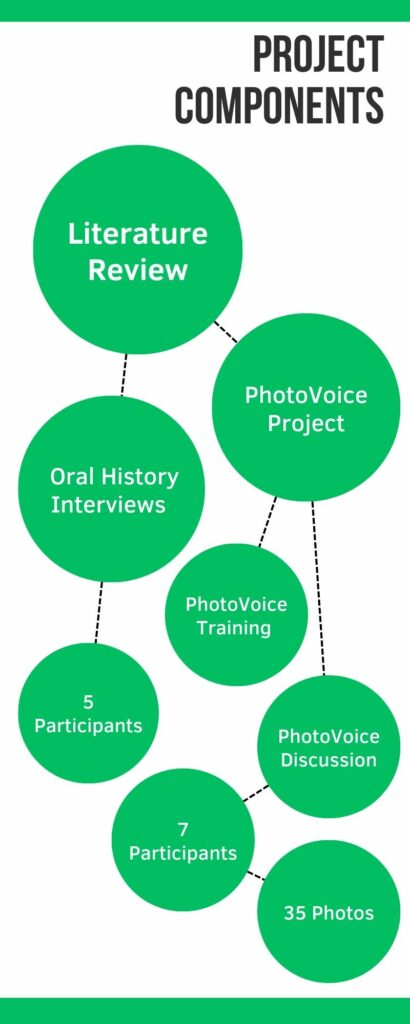Seeking Environmental Justice and Remediation in Hartford, CT
Project Overview
Community Partners
Research Questions
Project Components

Ariana Alonso Flores
Project Overview
Since the 1980s, the Materials Innovation and Recycling Authority (MIRA) trash-burning facility has processed the waste of 72 of Connecticut’s 169 towns in Hartford’s South End. Decades of trash incineration significantly contributed to air and water pollution in Hartford’s neighborhoods, resulting in harmful health outcomes for predominantly Black and Latine residents. The MIRA plant shut down in 2022, and the state acknowledged the need for remediation. Hartford residents now have the opportunity to help shape a remediation plan under consideration by the state government. The Center for Leadership and Justice asked the Liberal Arts Action Lab to investigate how Hartford residents are impacted by regional waste management challenges and how they might influence remediation processes, including the possibility of establishing an Environmental Justice Fund for the city of Hartford with the approximately $60,000,000 in the MIRA remediation fund. This project is part of a larger Mellon Foundation grant to build regional consensus to address the impacts of environmental racism, while promoting an inclusive vision of environmental justice. Through a review of secondary literature, five oral history interviews, and a PhotoVoice project with seven participants, we found that participants:
- Felt the impacts of systemic racism due to inefficient and discriminatory waste management practices
- Experienced adverse respiratory health effects from the incinerator emissions, and
- Supported reinvesting remaining funds following MIRA’s shutdown into advancing environmental justice in Hartford.
Community Partners
Center for Leadership and Justice:
Founded in 1851, the Center for Leadership and Justice (CLJ) develops and organizes leaders in neighborhood-based and multi-faith alliances to build power and act collectively for systemic change toward social, racial, and economic justice. CLJ has a long history of partnership with United Church of Christ congregations and now engages in faith-based organizing with diverse faith communities throughout the Greater Hartford region. As a contributor to our research, the Center for Leadership and Justice was the primary recruiter for participants in the oral history interviews and PhotoVoice event. CLJ also facilitated training events about conducting oral histories, as well as a tour of the MIRA facilities. CLJ Neighborhood Organizer and Grant Writer Sarah McCoy served as a co-instructor for the project team.
Stowe Center for Literary Activism (formerly the Harriet Beecher Stowe Center):
The Stowe Center’s mission is to “encourage social justice and literary activism by exploring the legacy of Harriet Beecher Stowe and all who advocate hope and freedom then and now.” As a partner in our research, the Stowe Center facilitated our PhotoVoice dialogue, drawing on their Stowe on the Go model.
Research Questions
- How are Hartford residents impacted by regional waste management practices?
- How might Hartford residents influence the remediation process?
Project Components

Cover photo: Paul Danese, CC BY-SA 4.0, via Wikimedia Commons